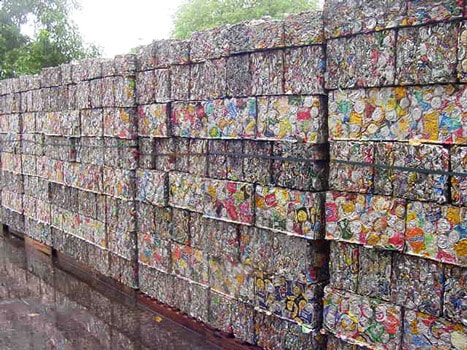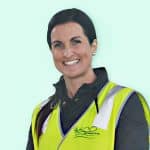

Solid waste management is the process of handling and disposing of solid waste. It is a key element of public health and environmental protection. Solid waste can include both biodegradable and non-biodegradable materials.
Biodegradable solid waste, such as food waste and paper, can be broken down by microorganisms. Non-biodegradable solid waste, such as plastic and glass, cannot be broken down by microorganisms. Both types of solid waste need to be managed in a way that minimises their impact on the environment.
One important aspect of solid waste management is compaction.
Compaction is the process of reducing the volume of solid waste by compressing it. This can be done using mechanical or manual means. Compaction has many benefits, including reducing the space needed to store solid waste and making it easier to transport.
However, compaction also has some drawbacks. For example, compaction can increase the density of solid waste, making it more difficult to break down biologically. In addition, compaction can make it more challenging to recycle certain materials.
Overall, compaction is an important tool in solid waste management, but it should be used carefully to avoid negative impacts on the environment.
Compaction of solid waste is crucial to reduce the overall volume of trash. Aside from that, there are several benefits associated with the compaction of solid waste:
Landfills are the most common method of waste disposal, and their limited capacity poses a challenge in many areas. Compaction allows for the compression of waste, reducing its volume and enabling more waste to be accommodated within the landfill’s available space.
Compaction helps to prolong its lifespan and delay the need for additional disposal sites. By compacting the garbage, we can save landfill space, which is a valuable resource.
Reduction in the overall volume of waste translates into cost savings in transportation and disposal. Fewer trucks are required to transport the same amount of waste. It results in lower fuel consumption, reduced vehicle maintenance, and decreased labour costs. Additionally, compacted waste reduces the expenses associated with acquiring and maintaining new landfill sites.
Compaction increases the density of waste, improving its stability within the landfill. By reducing the void spaces between waste particles, compaction minimizes the potential for settling and the formation of voids that can lead to structural instability. This ensures the long-term integrity of the landfill and reduces the risks of slope failure, leachate migration, and gas emissions.
Proper compaction of waste helps to mitigate environmental hazards associated with waste disposal. Compacted waste reduces the permeability of the landfill. It will limit the infiltration of rainwater and minimise the potential for groundwater contamination. That way, there will be less water in the waste, and reduce leachate production.
It also reduces the exposure of waste to oxygen. Which in the later phase, can reduce the generation of methane, a potent greenhouse gas emitted during waste decomposition.
Compaction also minimises the odour from solid waste, as well as pests such as rats and other animals that may be attracted to the waste.
These benefits contribute to a cleaner and safer waste management environment, improving hygiene and working conditions for personnel and surrounding communities. Facilities can achieve better hygiene and a more pleasant working environment for all stakeholders involved.

The compaction ratio is the ratio of solid waste in its compacted state to its original state. The ideal compaction ratio is 2:1, meaning that the solid waste is reduced to half of its original volume. This can be achieved through various methods, such as landfill mining or mechanical compression.
The benefits of reducing the volume of solid waste include decreased transportation costs, improved storage capacity, and reduced environmental impact. In addition, compacted waste is less likely to leach harmful chemicals into the soil or water supply. As a result, compacting solid waste is an important step in ensuring a sustainable future for our planet.
The three most common types of solid waste compaction equipment are balers, compactors, and shredders.
Solid waste compaction equipment is an important part of any waste management system. Because it helps to reduce the volume of waste. It makes it easier to dispose of in a safe and environmentally responsible manner.
It is also important to note that humans should practise reducing our waste to contribute to a more sustainable environment. If you’re looking for recycling bins, visit our Perth Recycling Services to find the best prices and services. If you have any further questions, please call us at 9437 1970 or contact us.

Kristy Sumich is the owner and director of Eco Resources, a prominent waste management and recycling service in Western Australia. With deep industry knowledge and hands-on operational experience, Kristy is dedicated to providing sustainable solutions in waste management.
All rights reserved © Eco Resources. Website by Selling Online Made Simple. Sitemap.